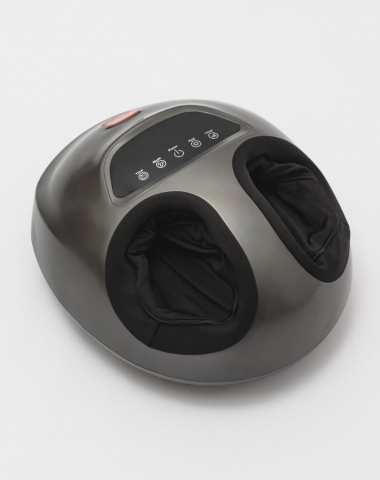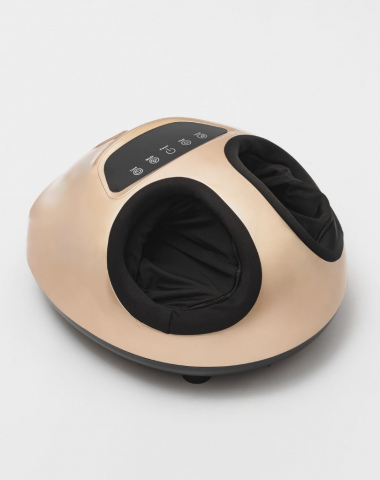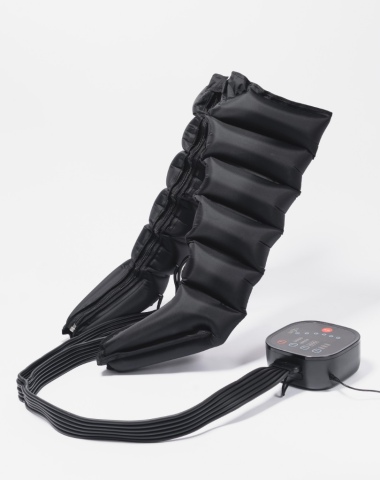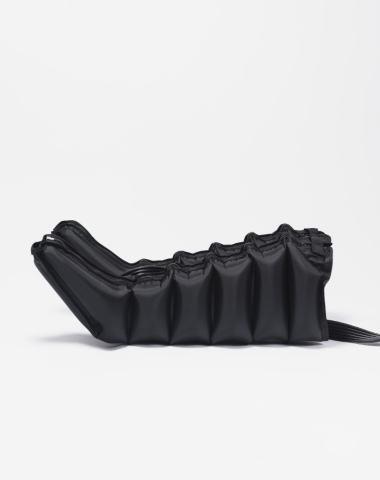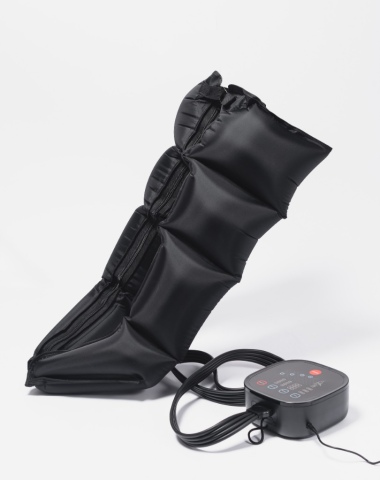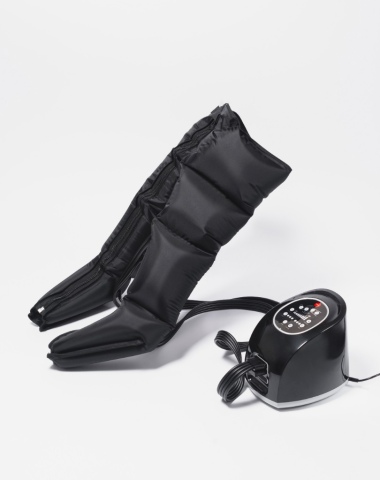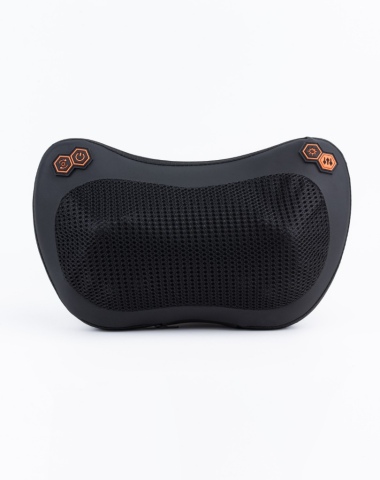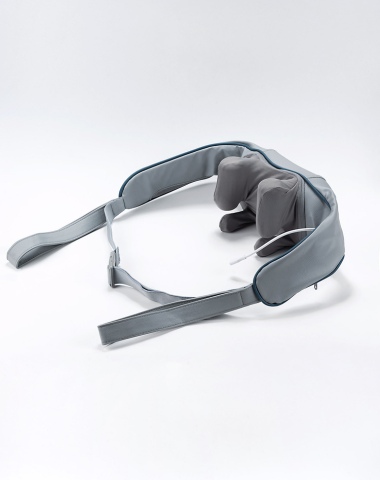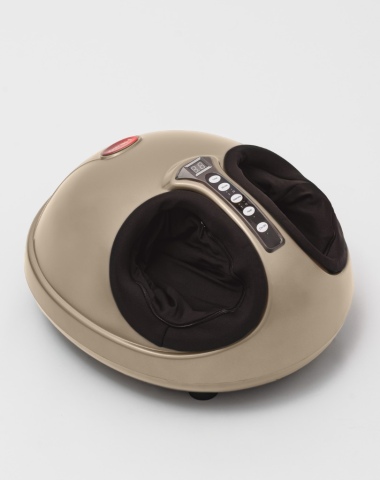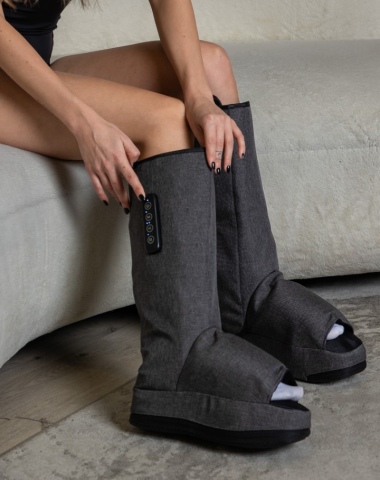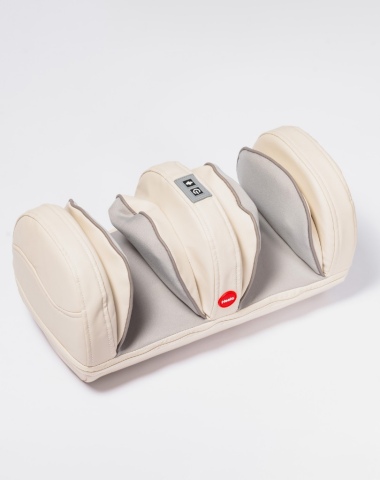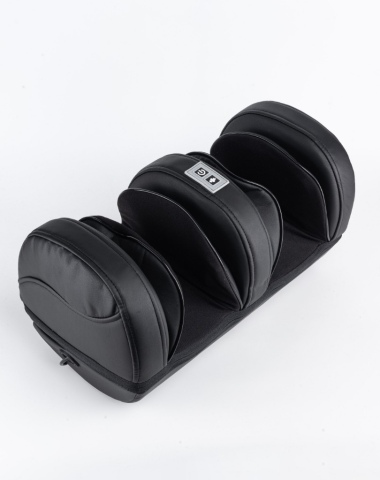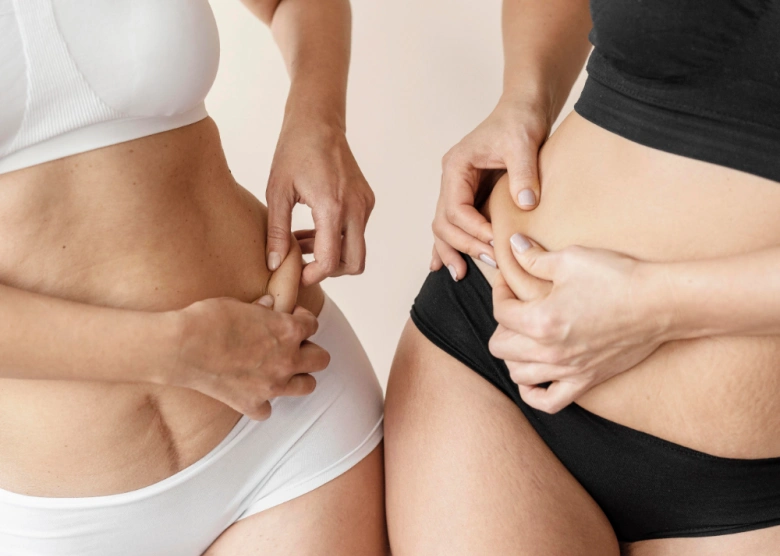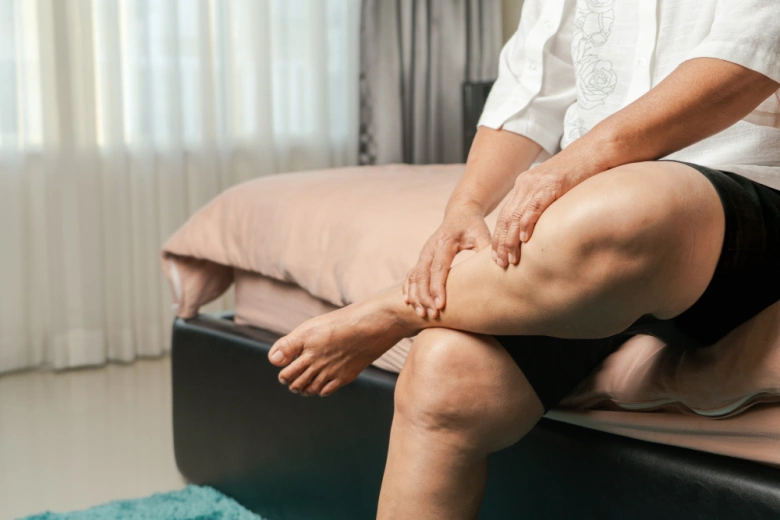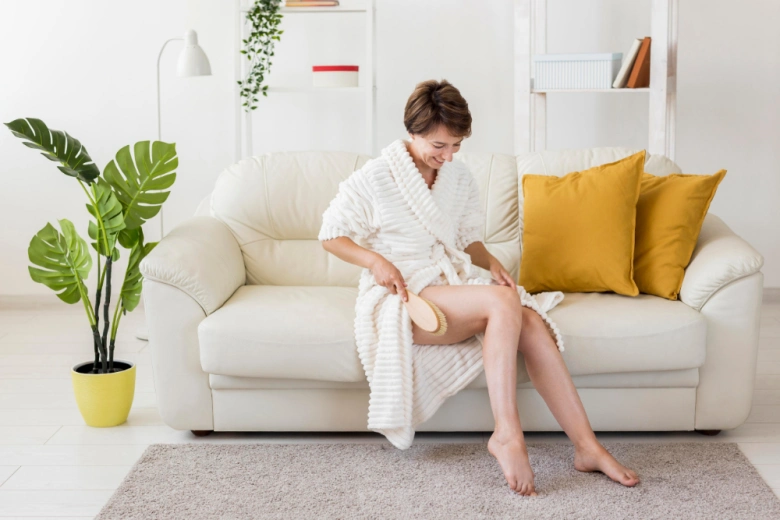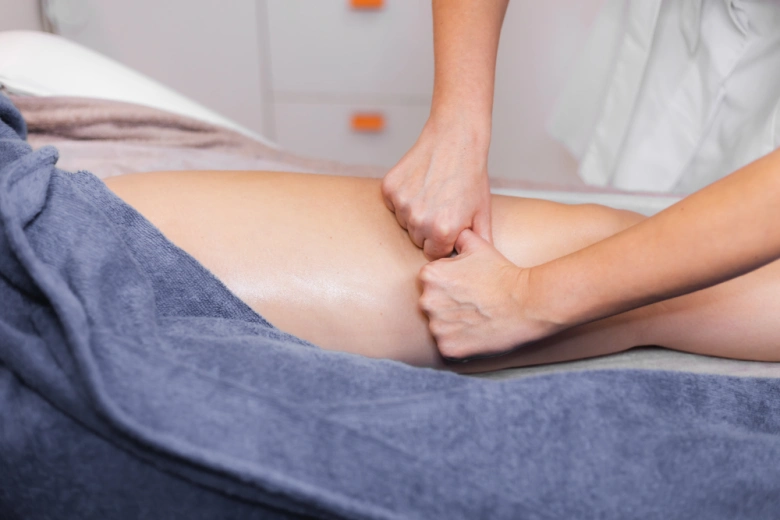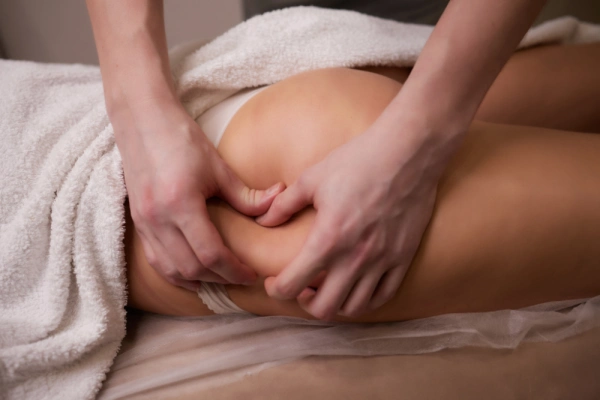
Many people face the «orange peel» (cellulite), which spoils their appearance. This happens for various reasons: nutritional disorders, hormonal imbalance, sedentary lifestyle. But this problem can be corrected with modern methods. One of the effective ways to combat cellulite is anti-cellulite leg massage. We will tell you which methods help to achieve the best results.
What problems does the procedure solve?
Swelling of the legs, decreased elasticity of the skin in the thigh area are the first signs of a pathological process that develops in adipose tissue. Uneven relief, changes in skin tone reduce self-esteem. Anti-cellulite massage copes with such problems perfectly. The procedure is indicated in cases of:
- severe swelling of the legs, especially at the end of the day;
- bluish or pale skin, which may indicate circulatory problems;
- feeling of heaviness in the lower limbs;
- decreased sensitivity of the feet, shins, thighs;
- fatty deposits on the buttocks.
Anti-cellulite massage stimulates blood flow to the area of impact, improves blood circulation. But like any other procedure, the method has limitations. Massage is not performed in case of allergies in the anamnesis, high temperature, colds, skin diseases, varicose veins in the acute stage, mental disorders, HIV infection, pregnancy and breastfeeding.
Effectiveness of massage
Regular performance of the procedure improves lymph flow and blood circulation in the legs, reduces the severity of cellulite, and improves the condition of the skin. Cells receive more oxygen and nutrition, which has a positive effect on their functioning. Other beneficial effects of anti-cellulite leg massage:
- breaks down fat deposits, improves body contours, reduces signs of “orange peel”;
- stimulates tissue regeneration processes, improves skin tone and elasticity;
- reduces stress levels and internal tension, which has a positive effect on the emotional background;
- stimulates lymph flow, improves lymphatic drainage , reduces swelling, removes toxins from the body.
Anti-cellulite leg massage methods
Today, different types of anti-cellulite massage are used. The methods differ in the technique of execution, duration, and use of devices.
Manual massage
A classic anti-cellulite massage technique that helps reduce the appearance of cellulite, improve skin condition, and reduce swelling. The procedure begins with stroking, then moves on to rubbing, pressing, and pinching. Manual massage has several methods of execution:
- Without additional means. The procedure involves intensive massage without the use of creams and lotions.
- With cosmetics. Using specialized oils and creams enhances the massage effect.
- Spanish method. The technique is soft, but quite energetic; it involves an impact not only on tissues, but also on joints.
- French method. The procedure combines several techniques, it is effective in combating impaired lymph flow and fat deposits.
- Honey massage. The procedure is performed using natural honey, which cleanses the body of toxins and stimulates blood circulation.
- Using a brush. The massage begins with the soft bristles, gradually moving to harder ones.
- Vacuum massage. The use of special massage cans eliminates signs of cellulite.
Hardware massage
Along with manual anti-cellulite massage, hardware procedures are gaining popularity. To perform it, massage devices are used that have a greater effect on the body. Hardware anti-cellulite massage also has several techniques:
- Vacuum. The uniqueness of this type of massage is that a person can independently adjust the vacuum strength on the device.
- With compressed air. A special suit is put on the body, into which air is forced, which creates a vacuum and compresses the tissues.
- Vibration. To perform the massage, a roller device is used, which affects the subcutaneous fat.
- LPG. To perform this type of massage, a vacuum or roller device is used , which eliminates signs of cellulite and corrects the figure.
It is up to you to decide which anti-cellulite massage option to choose. Before the first procedure, it is advisable to consult a specialist and identify contraindications.

